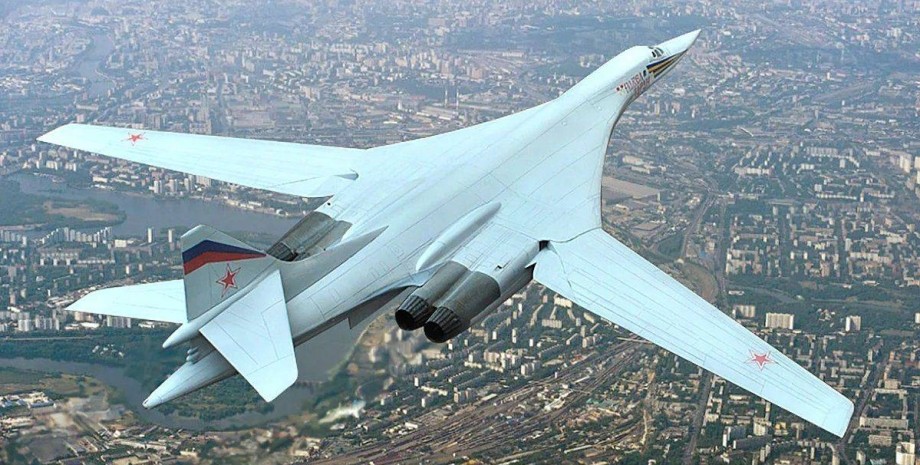
 By Natali Moss
By Natali Moss
Satellite images show that the Russian Federation has prepared the hangars of about 19 thousand square meters, but their commissioning is planned not earlier than the end of 2026. The plant specializes in the creation and modernization of strategic bombers Tu-95, Tu-160, TU-22 and civilian aircraft TU-214. New hangars, one of which reaches 320 meters in length, are built for repair and maintenance of aviation.
According to Yle, modernization will cost 90 billion rubles (approximately UAH 443 billion), but sanctions and lack of labor inhibit the process. After the operation of the SBU, the Web, which has destroyed or damaged 41 Russian vessel, the extension should compensate for the shortage of aviation, but problems with resources complicate the task.
The plant is part of the Joint Aviation Corporation (UAC) of the Russian Federation and specializes in the production, modernization and repair of aviation equipment, in particular strategic bombers Tu-160, TU-22 and civilian aircraft TU-214. In fact, it is the only enterprise in Russia that is able to create, repair and modernize strategic planes. On January 20, 2025, the plant attacked drones, one of which hit the empty tank.
According to the Defense Express, the Kazan Aviation Plant named after SP Gorbunov (Kapo) at the end of December 2024 withdrew a new TU-214 aircraft from the shop with the RA-64535 registration number, manufactured for the Ministry of Industry and Trade of the Russian Federation. This aircraft has already made the first flight and was sent to Belarus for painting.
However, despite the ambitious plans of the Russian government, which provided for the issue of 10 TU-214 aircraft in 2024, Kapo was able to produce only one. The previous Tu-214 aircraft, said Defense Express, the plant released in 2021 for the FSB aviation, which indicates low production rates.
In the Basic Tu-214 configuration is a passenger liner, but it is also made in special versions for government and power structures, in particular as TU-214R for radio electronic intelligence and TU-214on for exploration under the Open Sky Treaty. According to the plans approved in April 2023, Kapo had to produce 3 aircraft Tu-214 in 2023, 7 in 2024, and by 2030-a total of 70 aircraft. However, these goals look unrealistic because of system problems at the enterprise.
Kapo, where about 8,000 people work, does not demonstrate success even in the production of profile products - strategic bombers. For example, in 2022–2023 the plant collected three Tu-160m from the Soviet workpieces under the Program "Play", but at the beginning of 2025 they were not transferred to the Ministry of Defense of the Russian Federation.
In addition, the shop intended for a promising bomber Da (replacement of Tu-95MC and Tu-160) is used for the production of TU-214, which indicates inefficient planning and lack of resources. The deputy director of the company of the manufacturer of the IP, aviation expert Anatoly Khrapchynsky, states that the latest workshops of the Kazan aviation plant were partially erected before the full -scale invasion of Russia into Ukraine in February 2022.
In this way, Russia tries to localize the production of military and civilian aircraft to reduce the dependence on imported components that have become unavailable due to US and EU sanctions. According to the expert, the main focus in the development of the plant is aimed at civil aviation, in particular the upgraded TU-214, which Russia considers the most promising for import substitution.
It is one of the few planes that Russia can theoretically produce, based on its own technologies and components. He adds that modern Russian aircraft, such as MS-21 Superjet, depend 90% on foreign components, which makes their production in sanctions virtually impossible. For example, PS-9 engines that Russia tried to use to replace Western counterparts have been unreliable because of poor quality and need for frequent maintenance.
Khrapchynsky emphasizes that after the collapse of the Soviet Union, Russia suffered catastrophic losses in the field of aviation production. "Workshops that were engaged in the construction, repair and maintenance of strategic aviation aircraft, such as TU-22 or Tu-160, were actually looted. Not only the equipment but also the working documentation required for the production of key components was lost," the expert explains.
Particularly critical was the loss of Titanium Beam Production Technology for Tu-160-the main element of the center plan of this strategic bomber. This beam was made in a special vacuum chamber, developed by the specialists of the Paton Institute in Ukraine. Without this technology, Russia cannot create new TU-160. The recent attempts of the Russian Federation to restore the production of titanium beams were unsuccessful.
Khrapchynsky mentions videos that appeared on the network where Russian engineers showed a new titanium beam made at the Kazan plant. "It has proven to be poor: it will have problems with strength and integrity. This indicates that Russia has not been able to reproduce Soviet technologies. The modernization of Tu-160 is, in fact, a major overhaul with the replacement of some elements in the cabin, for example, the installation of modern display.
The expert predicts that on the new workshops, the Russian MIC may be engaged in the modernization of TU-22M3 aircraft, which in Russia remained a lot in a state of prisoner. In particular, these "carcasses" are capable of carrying the X-22 missiles, as well as the newer X-32, which pose a serious threat because of a complex trajectory of flight, which complicates their interception of air defense systems.
"If Russia is able to restore and modernize these planes, it will be a problem for Ukraine, as they can be used for blows to our cities and critical infrastructure," the expert warns. Khrapchynsky calls not to underestimate Russia's efforts, but not to exaggerate their capabilities. "The Russians are trying to compensate for the losses based on old Soviet developments and limited resources. However, without access to modern technologies, their progress will be slow and limited.


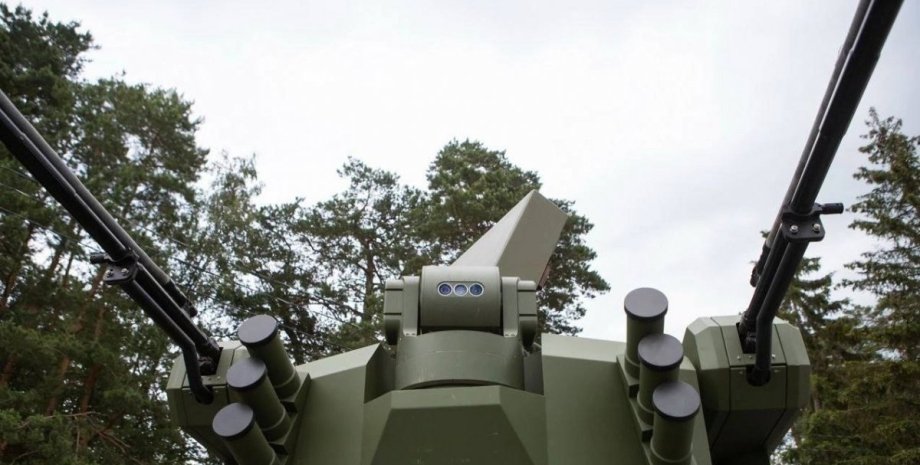
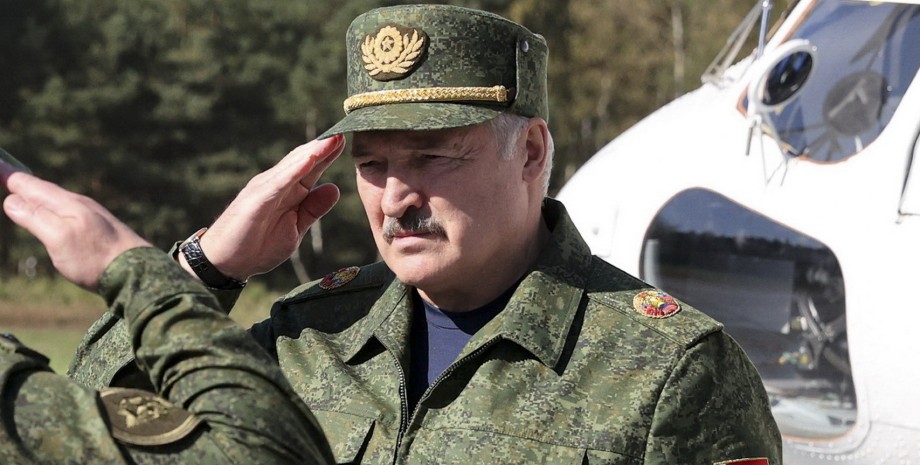
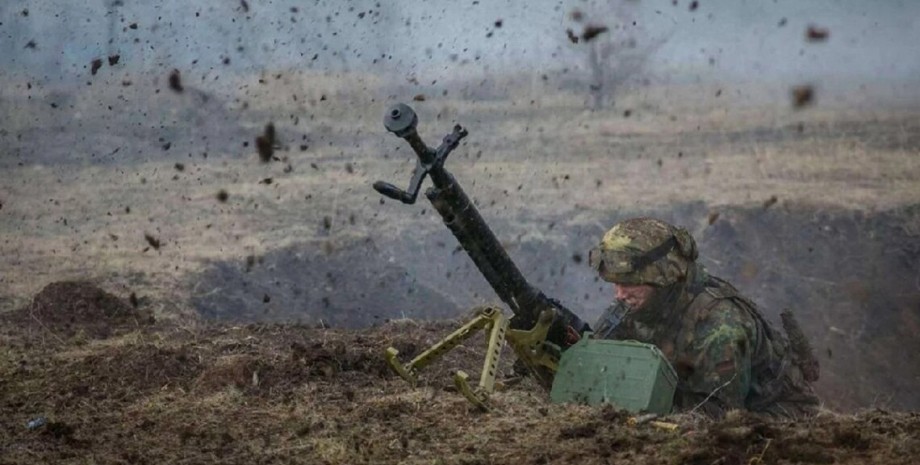

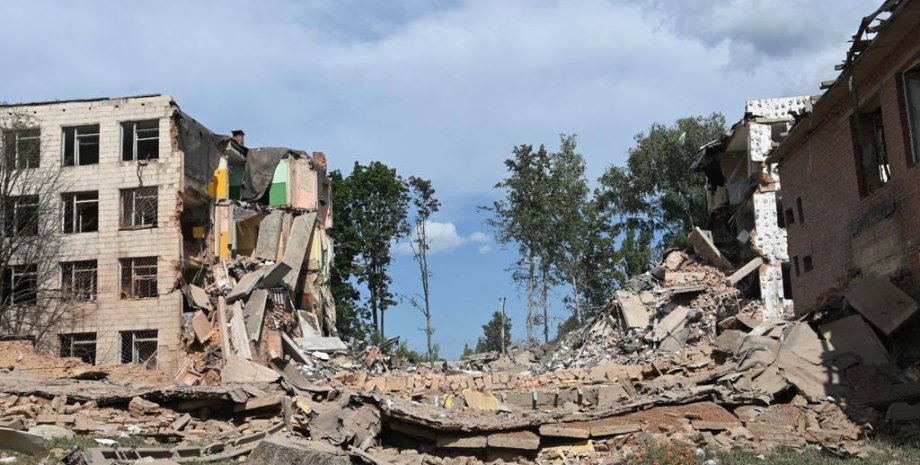


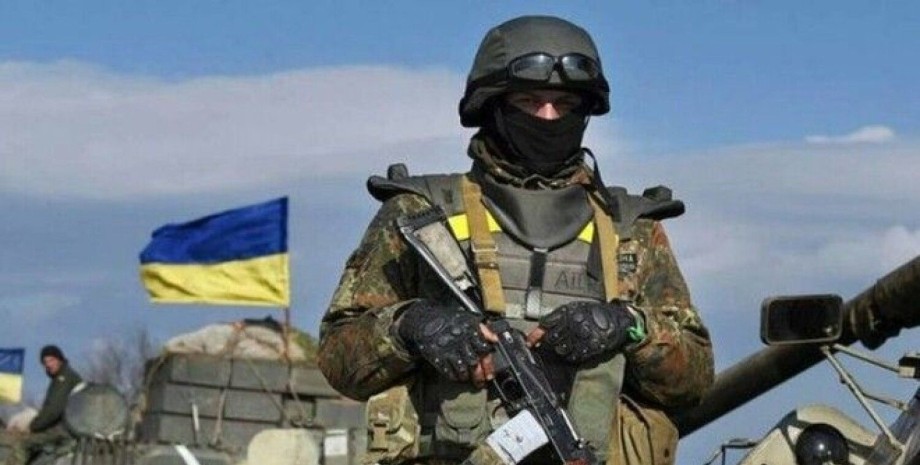
All rights reserved IN-Ukraine.info - 2022